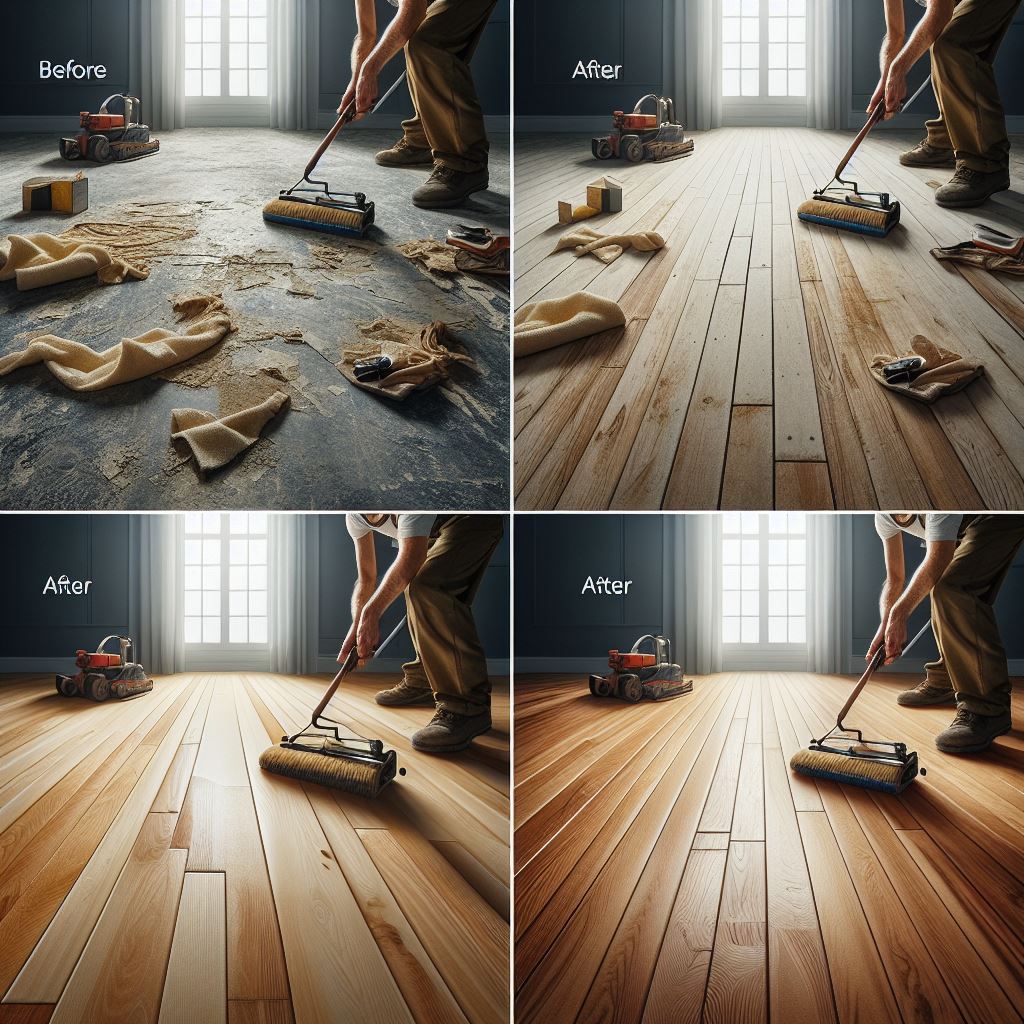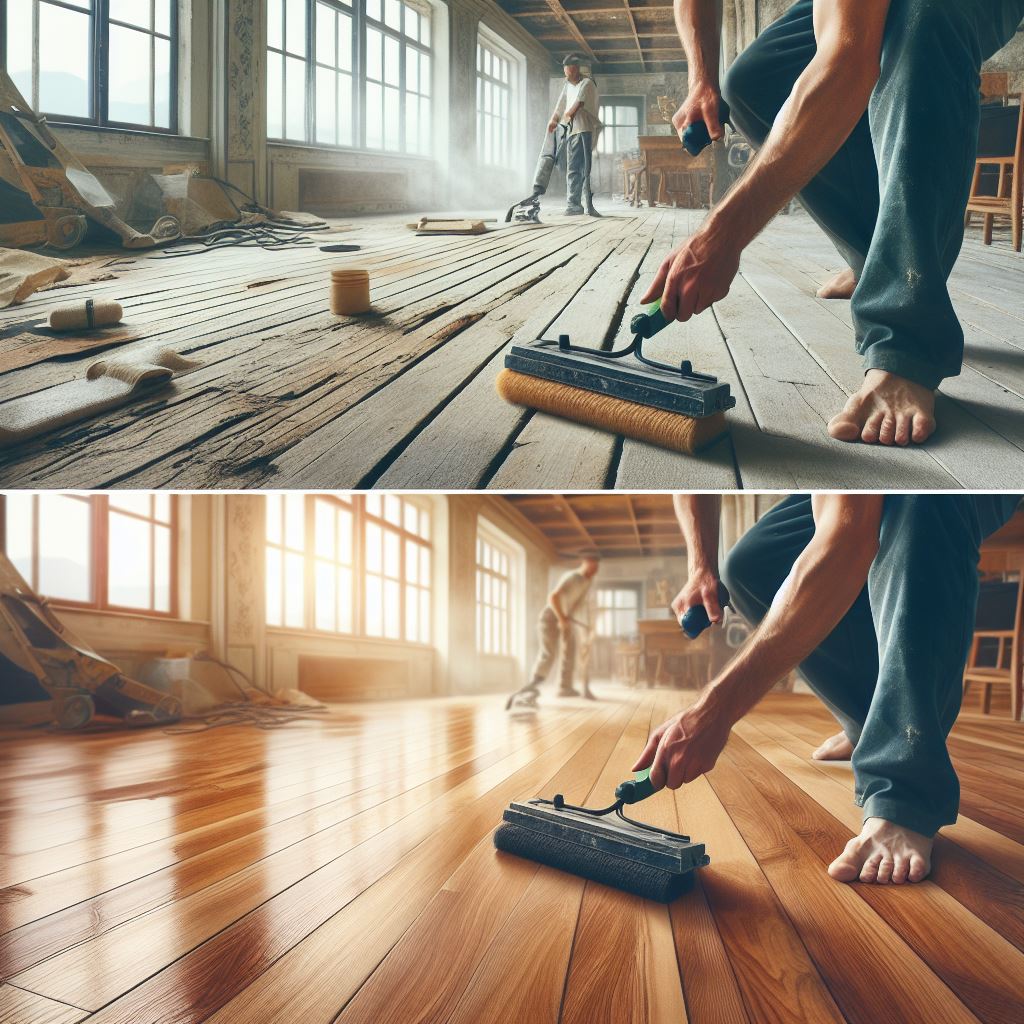When considering the integration of underfloor heating systems with wood floors, homeowners must pay careful attention to the type of underlay they select. The right underlay not only protects the integrity of the engineered wood flooring but also enhances the efficiency of the heating system. It is essential to choose an underlay that conducts heat effectively, without causing any damage to the flooring or hindering the warmth distribution.
Understanding the nuances of underfloor heating mechanisms and the characteristics of engineered wood flooring is critical for making an informed decision. The underlay acts as a mediator, ensuring the heat rises evenly across the surface and that there is no excessive buildup of moisture, which could potentially warp the wood. With the keyword "best underlay for engineered wood flooring with underfloor heating" in mind, this guide aims to navigate you through the plethora of options available, ensuring you find an underlay that meets all the necessary criteria for your home's needs.
If you're planning to upgrade your home with an efficient underfloor heating system beneath your beautiful wood floors, don't hesitate to reach out to us. Request a free estimate or email us at sales@paradise-spaces.com for expert advice tailored to your specific requirements.
Importance of Choosing the Right Underlay

The underlay is a key component in the flooring equation, especially when it comes to pairing it with underfloor heating systems. Its importance cannot be overstated, as it plays a pivotal role in not just one, but several aspects of a floor's performance and longevity. Firstly, the right underlay ensures that the engineered wood flooring remains stable and supported, reducing wear and tear over time. It also has an impact on acoustic insulation, dampening the sound of footsteps to create a quieter, more serene living environment.
More crucially, when it comes to underfloor heating, the underlay must possess excellent thermal conductivity. This means it should allow the heat to pass through without significant resistance, providing an even distribution of warmth throughout the room. A good underlay will prevent hotspots and ensure that the heat is not trapped, which could otherwise lead to the deterioration of the wood flooring above. Additionally, it should have moisture-resistant properties to prevent the warping and buckling of the wood due to temperature fluctuations and humidity changes.
Selecting the best underlay for engineered wood flooring with underfloor heating is not just about comfort and warmth; it's about safeguarding your investment and ensuring the optimal performance of your heating system. By choosing wisely, homeowners can enjoy a harmonious balance of luxury, efficiency, and durability in their flooring for years to come.
Types of Underlay Suitable for Underfloor Heating
When it comes to underfloor heating, not all underlays are created equal. There are specific types designed to work effectively with your heating system. One of the most suitable options is a thin, dense underlay, which allows the heat to pass through more efficiently than thicker, more insulative types. Materials like polyurethane foam and rubber are often recommended due to their high thermal conductivity and minimal thermal resistance.
Another excellent choice is combined underlay, which often includes a layer of damp proof membrane (DPM) to protect against moisture, which is essential for maintaining the integrity of wood floors. Felt underlays are less common for use with underfloor heating, as they tend to have lower thermal conductivity, but some newer felt products are designed to work well with heating systems.
For those seeking an eco-friendly option, natural fiber underlays made from materials like jute or wool can be viable, provided they are thin and dense enough to conduct heat effectively. Lastly, specialized underfloor heating underlays are available, which are specifically engineered for optimum thermal performance and often contain reflective elements to direct the heat upwards into the room.
It's essential to check the manufacturer's specifications for thermal resistance and compatibility with underfloor heating systems. This ensures that the underlay you select will not only enhance the efficiency of your heating but also contribute positively to the overall longevity and comfort of your engineered wood flooring.
Thermal Conductivity and Underlay Performance

The performance of an underlay for engineered wood flooring with underfloor heating is largely determined by its thermal conductivity. This refers to the ability of the underlay material to transfer heat from the heating system to the surface of the floor. A high thermal conductivity means heat can pass through the underlay quickly and evenly, ensuring the room heats up efficiently.
Underlays with low thermal resistance are ideal, as they do not hinder the upward flow of heat. The measure of an underlay's resistance to heat flow is denoted by its R-value. The lower the R-value, the better the underlay conducts heat, making it crucial to select an underlay with a low R-value for use with underfloor heating systems.
Materials that typically have a good R-value include polyurethane foam and certain thermoset materials, both known for their excellent heat transfer properties. In contrast, thicker and more insulative underlays such as cork or thick rubber may trap heat, reducing the system's efficiency and leading to higher energy usage.
Prioritizing an underlay with good thermal conductivity not only maximizes the effectiveness of the heating system but also contributes to a more consistent room temperature and improved energy efficiency. Therefore, selecting the right underlay is just as important as choosing the right type of flooring when installing underfloor heating.
Installation Tips for Underlay and Engineered Wood Flooring

Proper installation is key to maximizing the performance of underlay and engineered wood flooring, especially when combined with underfloor heating systems. Here are some essential tips to ensure a successful installation:
- Acclimate your flooring: Before installation, allow your engineered wood flooring to acclimate to the room's temperature and humidity for at least 48 hours.
- Subfloor preparation: Ensure the subfloor is clean, level, and dry. Any moisture issues must be resolved prior to installation to prevent warping or damage to the wood.
- Select the right underlay: Choose an underlay with a low R-value that is specifically designed for use with underfloor heating. It should also be compatible with your type of engineered wood flooring.
- Install a vapor barrier: If the subfloor is prone to moisture, a vapor barrier is essential to protect both the underlay and the flooring from potential moisture damage.
- Follow manufacturer guidelines: Adhere to the specific installation instructions provided by the underlay and flooring manufacturers. This may include recommendations on taping seams or laying the underlay in a particular direction.
- Leave expansion gaps: Wood expands and contracts with temperature changes. Leave adequate expansion gaps around the perimeter of the room to accommodate this movement.
- Test the underfloor heating system: Before laying the flooring, test the heating system to ensure it is functioning correctly. This will help avoid having to lift the flooring later to rectify any issues.
By following these installation tips, you can help ensure that your engineered wood flooring and underlayment work together seamlessly, providing you with a comfortable, warm, and long-lasting floor.
Top Picks for Engineered Wood Floor Underlay

When selecting an underlay for engineered wood flooring with underfloor heating, the top picks are those that provide excellent thermal conductivity and support. Here are a few recommendations:
- High-Density Foam Underlays: These underlays are a great choice for their ability to conduct heat efficiently and provide a stable base for the wood flooring.
- Combination Felt and Aluminum Underlays: The layer of aluminum helps to reflect heat upwards into the room while the felt provides sound insulation and added comfort underfoot.
- Thermal Underlays with a Low Tog Rating: Look for options that have a low tog rating, which indicates better heat transfer, making them ideal for use with underfloor heating systems.
It's important to consult with a professional to ensure you select the best underlay for engineered wood flooring with underfloor heating that suits your specific needs. Paradise Spaces is dedicated to helping you find the perfect match for your home in Dallas Fortworth.
Ready to enhance your home with the perfect underlay and engineered wood flooring? Request a free estimate or email us today at sales@paradise-spaces.com. Our experts are here to guide you through every step, ensuring your flooring is not just installed, but transformed into a warm and inviting space.
